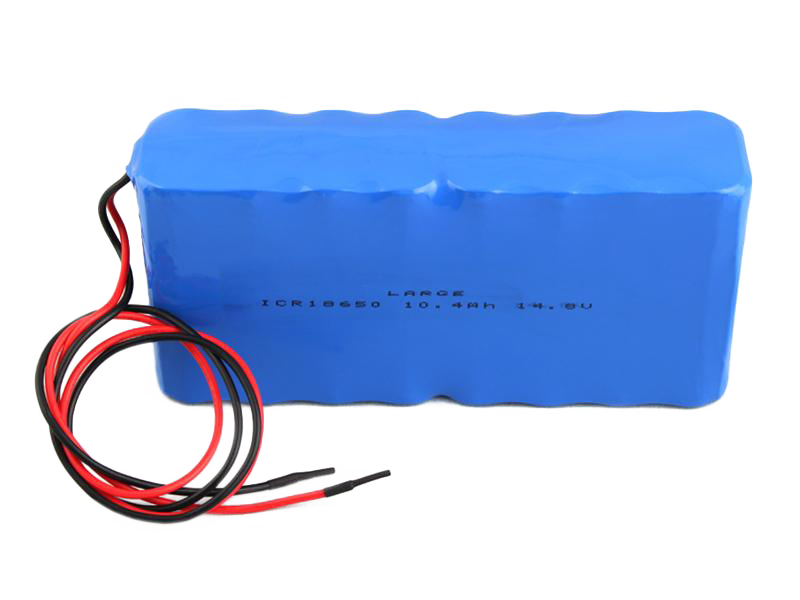Professional Transportation of Pure Batteries from China to Germany: A Comprehensive Guide.
The transportation of batteries, particularly from China to Europe, is a complex and delicate process, requiring adherence to strict international guidelines and safety measures. This article aims to elucidate the key aspects and requirements for the professional transportation of pure batteries to Germany.

Firstly, critical documentation is required to ensure compliance with international transportation regulations. This includes a Dangerous Package Certificate (危包证), which certifies that the package meets the safety standards for transporting hazardous materials. Additionally, a Material Safety Data Sheet (MSDS) is necessary. This document provides detailed information on the chemical properties of the batteries, including potential hazards and handling instructions.

Another crucial document is the UN38.3 certification, derived from the United Nations Manual of Tests and Criteria, 38.3 edition. This certification asserts that the batteries have passed specific tests, proving their safety for transport. Furthermore, a Sea Transport Identification Report is essential, especially when the batteries are transported via maritime routes. This report assesses and confirms the suitability of the batteries for sea transport.

The packaging of batteries is another vital aspect of their transportation. It is imperative to use insulating materials to isolate the batteries from metal or other batteries, preventing short circuits and accidental discharge. To minimize movement during transit, which can lead to damage or safety hazards, the packaging must be filled with shock-resistant materials. Moreover, transporting the batteries in wooden crates is a standard practice, offering an additional layer of protection.



